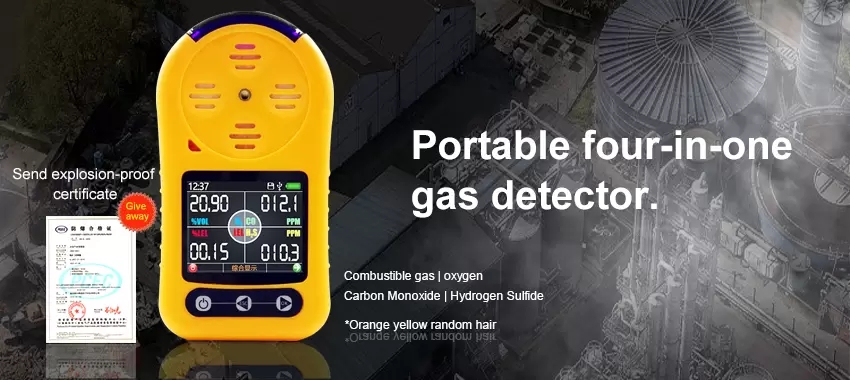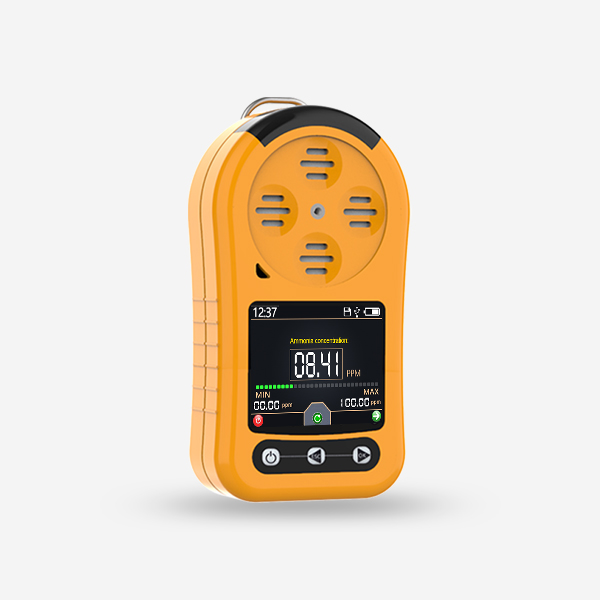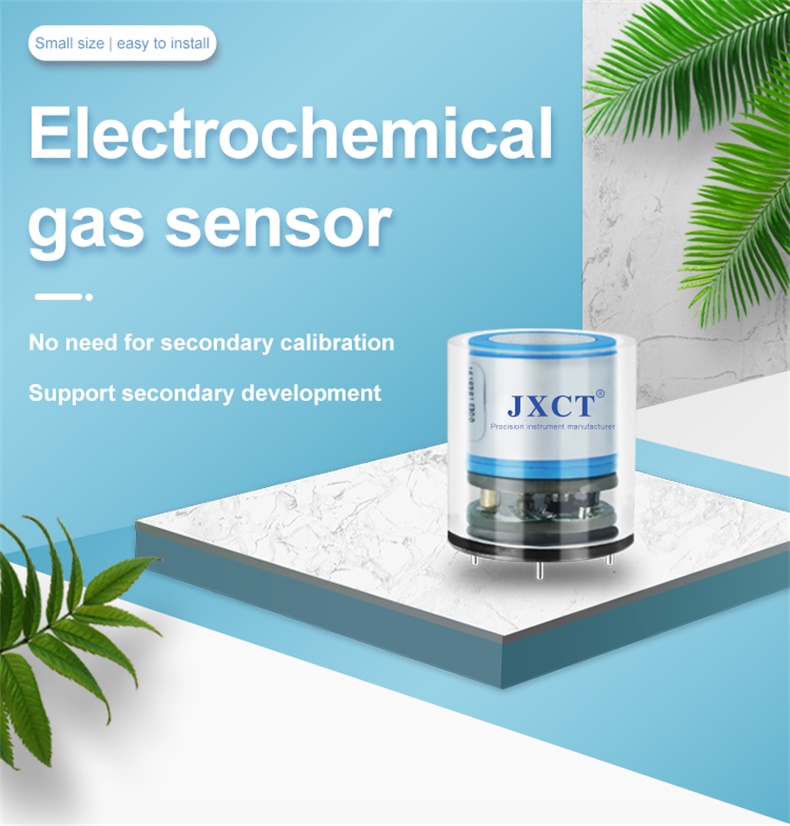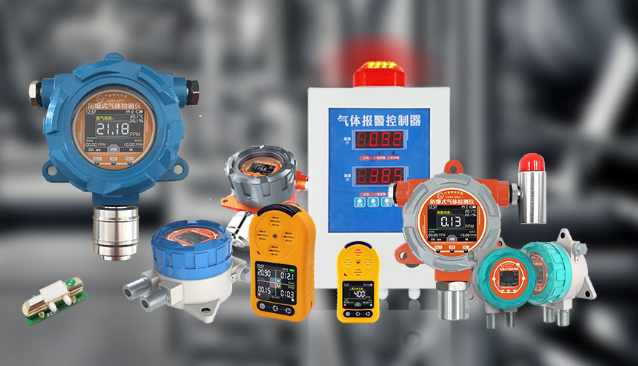
In the field of ship transportation, it is necessary to use gas detector to detect the gas composition and concentration in the closed space and closed place of the ship, which is conducive to operation prevention and safety protection, and strengthen the safety management of the ship. The gas detector in the ship industry is how to apply it, today we will take you to understand.
What is a closed place?
Enclosed premises are those which have one of the following characteristics:1. insufficient ventilation;2. Openings, limited to entrances and exits;3. Premises not designed for continuous human work.It also includes but is not limited to: cargo hold, double bottom, fuel tank, ballast tank, cargo pump room, cargo compressor room, empty isolation cabin, chain cabin, empty cabin, box keel, protective space between layers, boiler, engine crank box, engine scour box, sewage tank and adjacent space, etc.
Causes of toxic and harmful gas formation
The main reasons for the formation of most harmful gases on board are: complex physical and chemical reactions of cargo in limited space, chemical reactions of incompatible cargo, and even corroded bulkheads can release small amounts of dangerous gases. So it is generally considered dangerous to enter any extended period of isolation without the necessary preparation.
Purpose of using gas detector
Detection of flammable and explosive gases: flammable gases may be generated during the transportation of goods on the hull and accumulate in the cargo hold of the ship, especially when the electrostatic spark explodes during the transportation of various fuels such as oil.
Detection of toxic and harmful gases: because some goods or the hull itself may emit some harmful gases, such as hydrogen sulfide, carbon monoxide, etc., such harmful gases are emitted in the unventilated cabin body, which will pose a threat to the life and health of the crew.
At present, there are two kinds of portable gas detector according to the working mode, which can be selected according to the actual condition.
1, pump suction gas detector
Pump suction gas detector is the instrument with a miniature suction pump built in, through the start of the air pump to sample the gas in the sampling point area. Generally applicable to some people should not go in, not easy to enter the place, or before the operation personnel into the place, it must be tested. Such as adit, pipeline, tank, closed cabin, etc., pump suction type gas detector can be installed on the air pump ventilation long pipe, remote suction sampling. The detection speed is fast and the accuracy is relatively high. It can be measured at a distance, which is the advantage of the pump type gas detector.
2, diffuse gas detector
Diffused gas detector is through the natural air flow, with the free flow of air slowly into the gas into the instrument for detection, so as to get results. Since there is no suction pump, the sampling speed of the diffused gas detector is slow, and the detection results are easy to be interfered by external factors such as wind speed and temperature in the detection environment. The advantage is that compared with the pump suction, the cost is lower.
Gas detector is of great significance in ship industry. It not only promotes the safety development of the shipping industry, but also helps the staff to improve their safety awareness, prepare for danger in times of safety, and prevent emergencies. In addition to equips with safe gas detection instruments, shipping enterprises should also do a good job in the management of relevant instruments, formulate measures and systems such as instrument calibration and inspection, and earnestly fulfill the responsibility of hazard factor control. In many cases, approval is often required for gas detection equipment used in the Marine industry.



